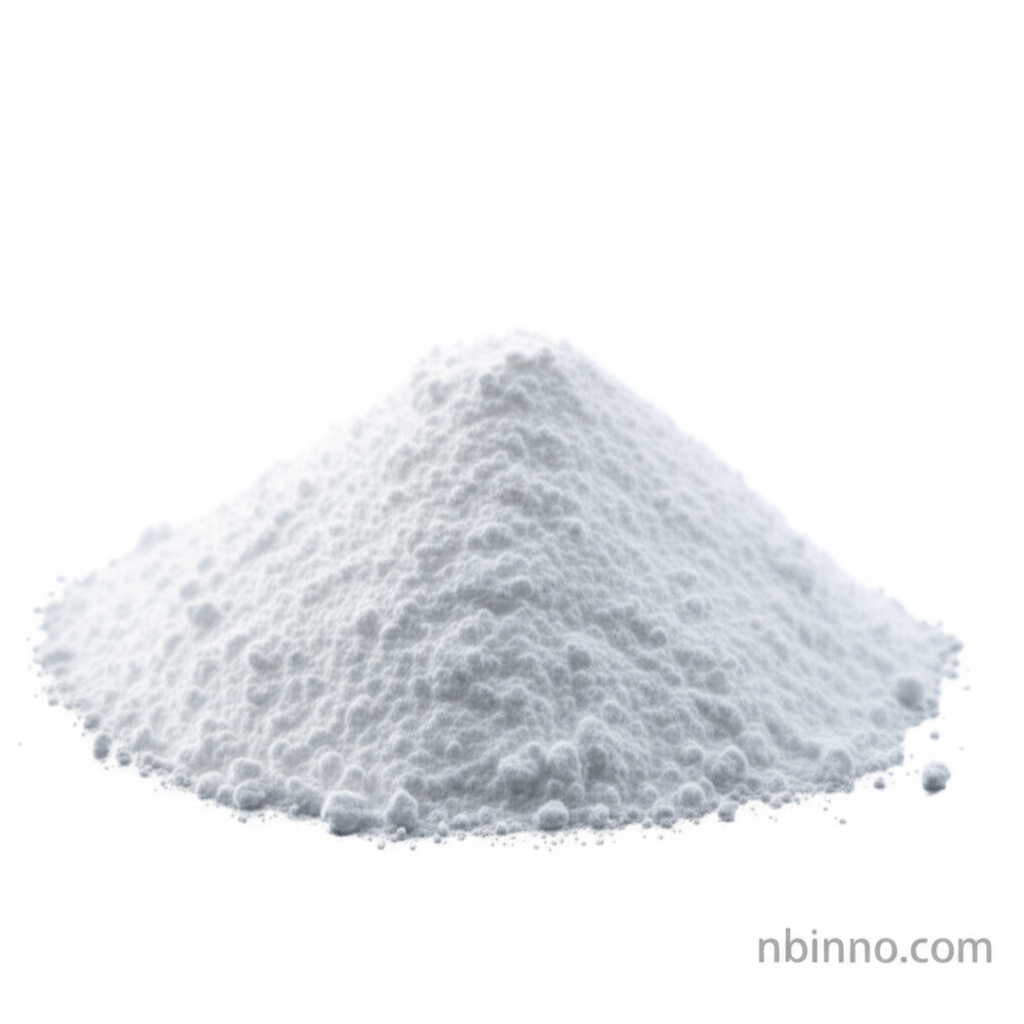Tris(hydroxymethyl)nitromethane (CAS 126-11-4): A Key Chemical Intermediate
Discover the essential properties and applications of Tris(hydroxymethyl)nitromethane in advanced chemical manufacturing.
Get a Quote & SampleProduct Core Value

Tris(hydroxymethyl)nitromethane
Tris(hydroxymethyl)nitromethane, identified by CAS number 126-11-4, is a crucial chemical intermediate. Its distinct yellow crystalline powder appearance and molecular weight of 151.12 make it a significant compound in various industrial processes, particularly within the electronic chemicals and photoresist sectors. Understanding its 1-Nitro-1,1,1-tris(hydroxymethyl)methane properties is vital for its effective utilization.
- Explore the diverse uses of Tris(hydroxymethyl)nitromethane in electronic chemicals applications, leveraging its unique properties for advanced material development.
- Delve into the intricacies of chemical intermediate synthesis, understanding how compounds like Tris(hydroxymethyl)nitromethane are produced.
- Learn about photoresist chemicals manufacturing processes where this compound plays a vital role.
- Gain insights from chemical supplier information to ensure reliable sourcing and quality for your production needs.
Advantages Offered
High Purity and Consistency
Benefit from the high purity of Tris(hydroxymethyl)nitromethane, ensuring reliable performance in sensitive photoresist chemicals manufacturing processes.
Versatile Chemical Intermediate
Utilize Tris(hydroxymethyl)nitromethane as a versatile building block in chemical intermediate synthesis, enabling the creation of complex molecules.
Key Component in Electronic Chemicals
Leverage its significance in electronic chemicals applications, contributing to the development of cutting-edge electronic components.
Key Applications
Electronic Chemicals
Tris(hydroxymethyl)nitromethane is integral to various electronic chemicals applications, contributing to material formulation and performance enhancement.
Photoresist Materials
Its role in photoresist chemicals manufacturing makes it indispensable for industries relying on high-resolution lithography.
Organic Synthesis
As a vital intermediate, it facilitates complex chemical intermediate synthesis, opening pathways for novel compound development.
Specialty Chemicals Production
Its unique characteristics support its use in the production of a wide range of specialty chemicals, supported by reliable chemical supplier information.
